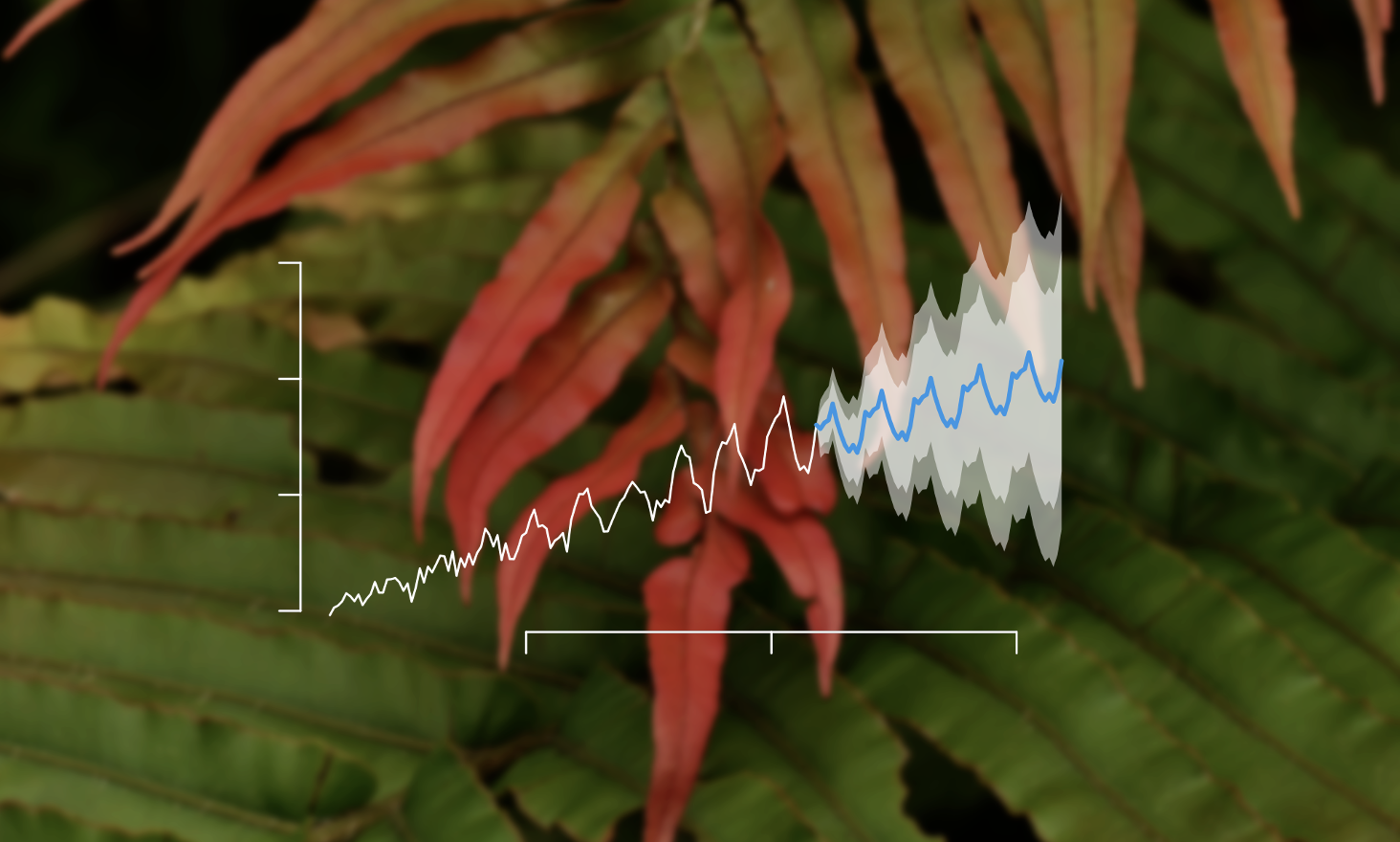Our research is increasingly forward looking. We develop models to forecast how biodiversity will respond to unprecedented changes associated with climate change, as well as how human intervention might influence biodiversity in a future world. Mechanistic models are one tool for this approach, particularly if looking over the longer-term. However, other approaches exist to predict near-term dynamics, particularly where mechanistic data are lacking. For instance, hybrid models can leverage the availability of both mechanistic and correlative data, including integrated population models, hierarchical models, and inverse modelling approaches. These approaches ‘borrow strength’, fill gaps, and fuse data to get the best from different forms of data. Over the coming years, we will be employing many of these approaches to forecast biodiversity responses to novel environmental change, including for Antarctic species as part of the Antarctic Science Platform.
Back to top
Ecological forecasting
Forecasting ecological responses to global environmental change